The Power of Water: In-depth look at the water and mud flow damage from Tropical Storm Hilary
The Coachella Valley will be dealing with the aftermath of Tropical Storm Hilary for a long time.
Riverside County Flood Control and Water Conservation District General Manager and Chief Engineer, Jason Uhley, showed News Channel 3's John White why this storm created so much damage, especially along the Interstate 10 corridor.
While rainfall totals in other valley and mountain areas were on the order of a 10-to-50-year storm, Uhley says Hilary was a 1,000-year storm at the top of Mission Creek which comes into the valley just west of Highway 62 near Desert Hot Springs.
Upper Mission Creek had 13 inches of rain in 24 hours and 9 inches of water in just 6 hours.
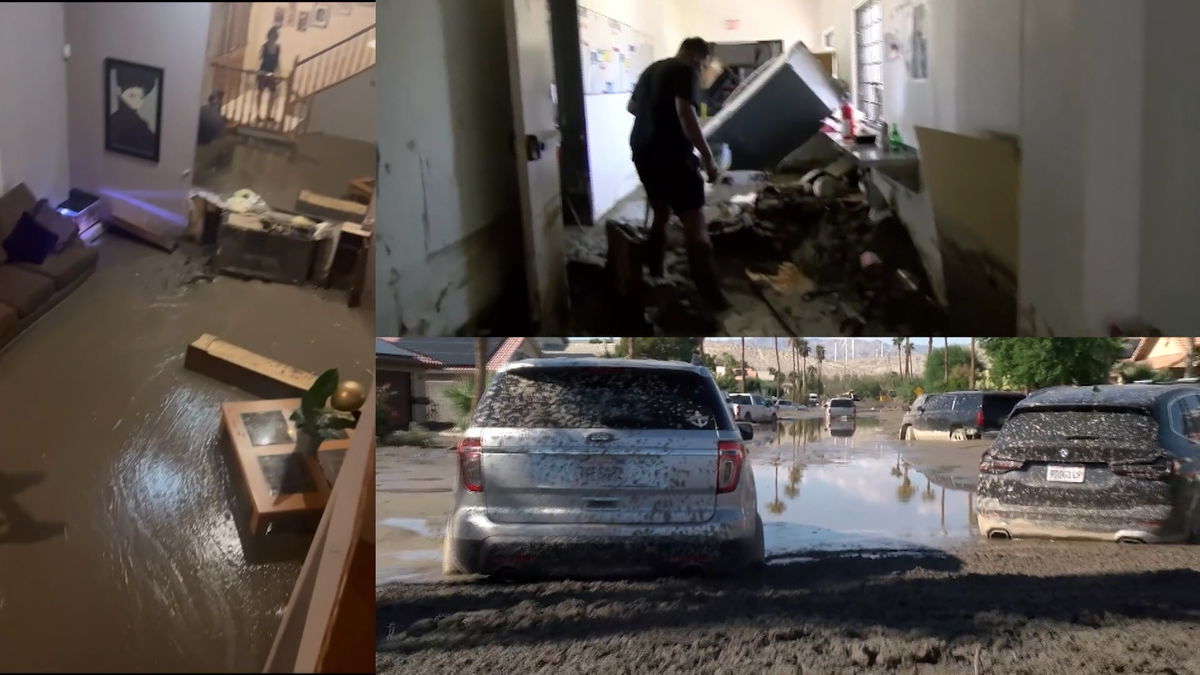
A wall of water came down Mission Creek and wiped out Indian Canyon Drive, heavily damaged the Pierson Boulevard Bridge, and headed toward Interstate 10.
From there, it flowed toward the railroad.
A bridge under the railroad into the Whitewater River Channel quickly plugged with mud, dirt, timber, and other debris.
Use the slider in the images below to see how the debris flow blocked a bridge under the railroad.
The water turned to the east and headed down the Interstate 10 corridor, eventually causing millions in damage
Large chunks of the valley, including much of Desert Hot Springs, and a lot of area along Interstate 10, including the hardest hit areas of Cathedral City are in a federal flood zone as seen in this map.
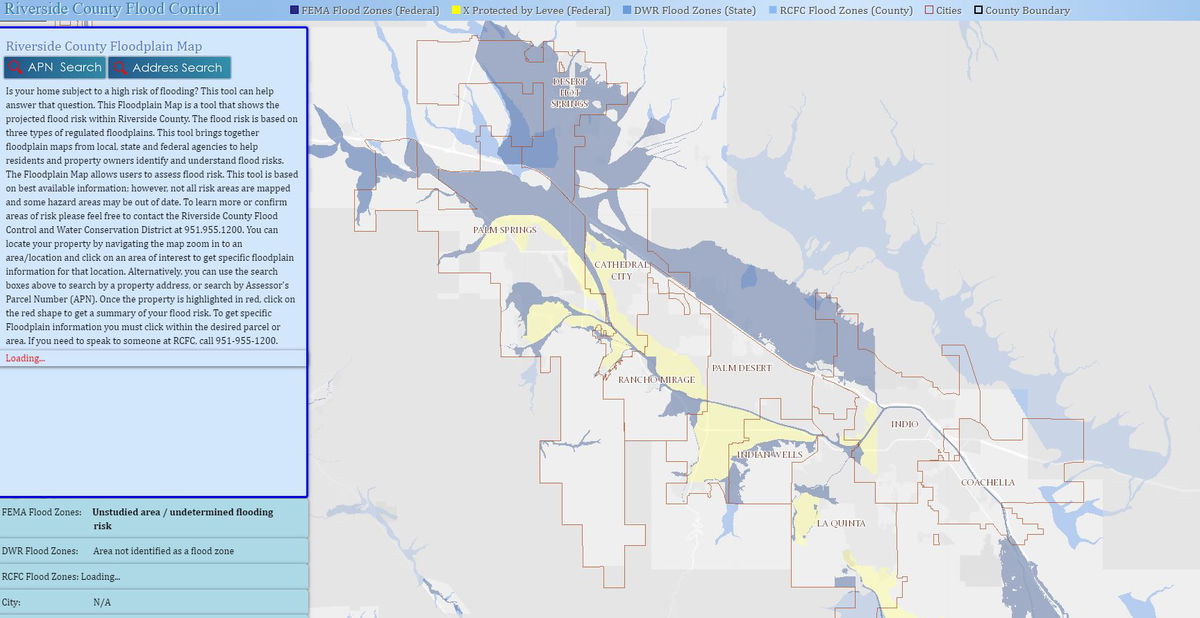
There are plans to invest $80 million on flood control through the Desert Hot Springs area.
It will take years for that to happen and funding will be difficult because a lot of the area most likely to be impacted by floods remains undeveloped.
The Coachella Valley Water District, which handles flood control in much of the valley, is planning projects that could help in Cathedral City.
You can find information for the North Cathedral City Improvements Project, Phase 1, here.
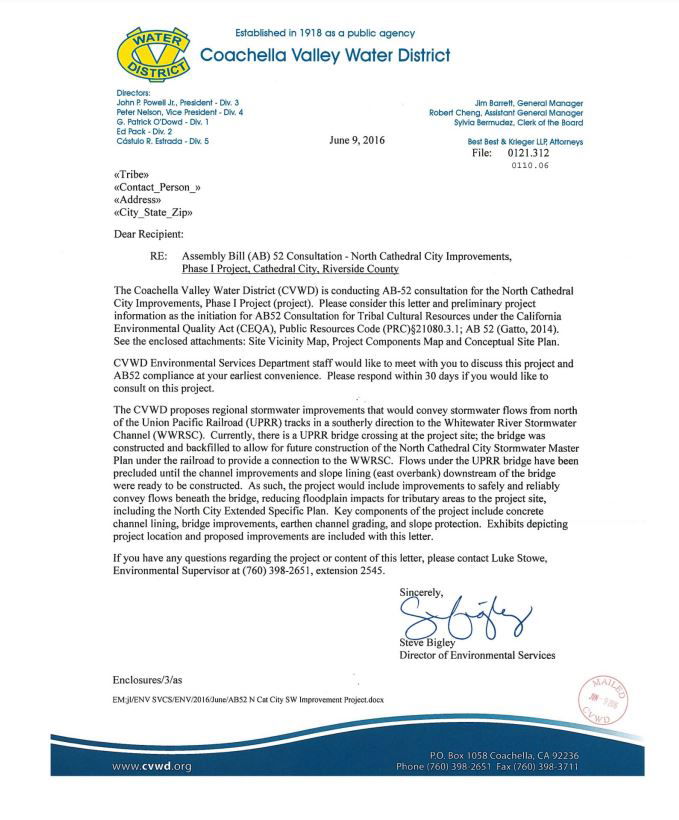
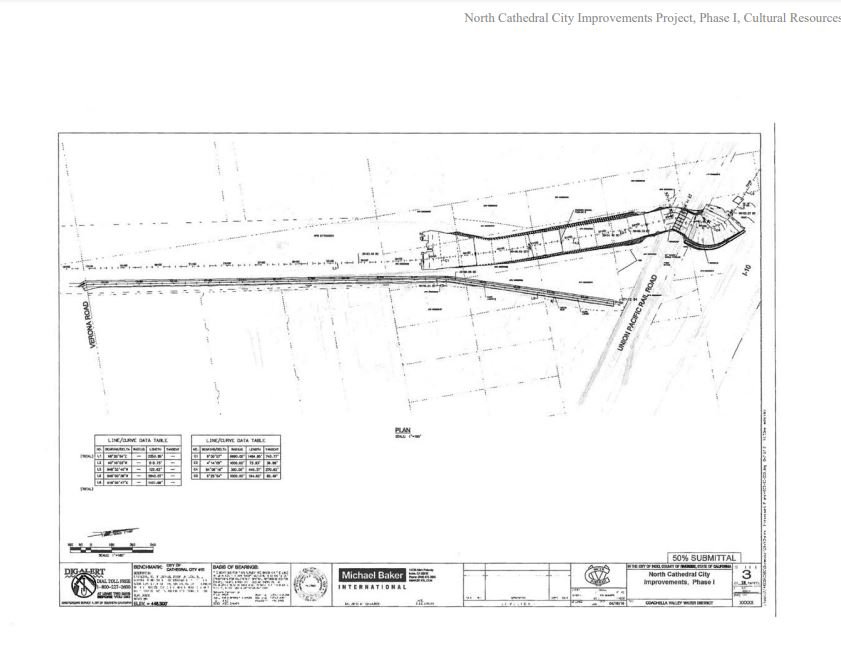
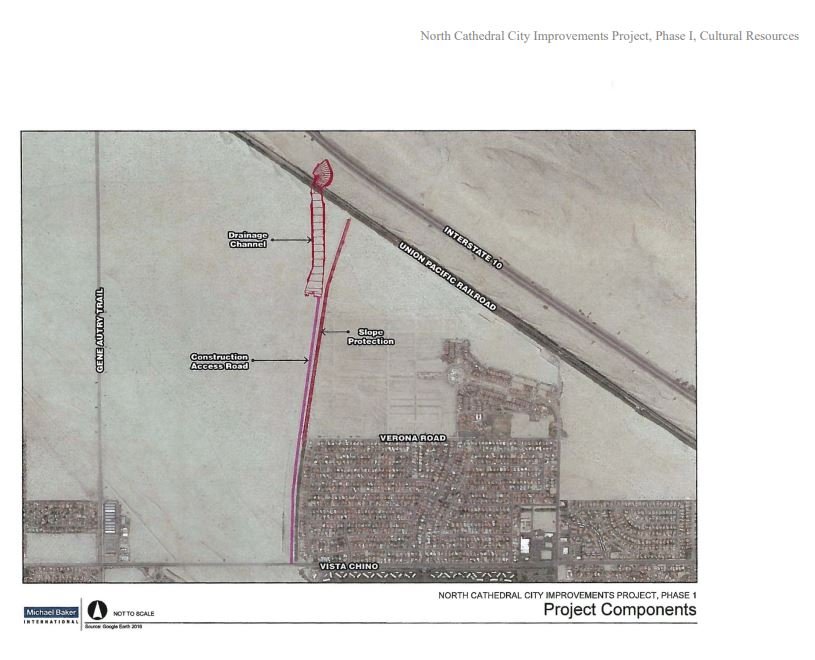
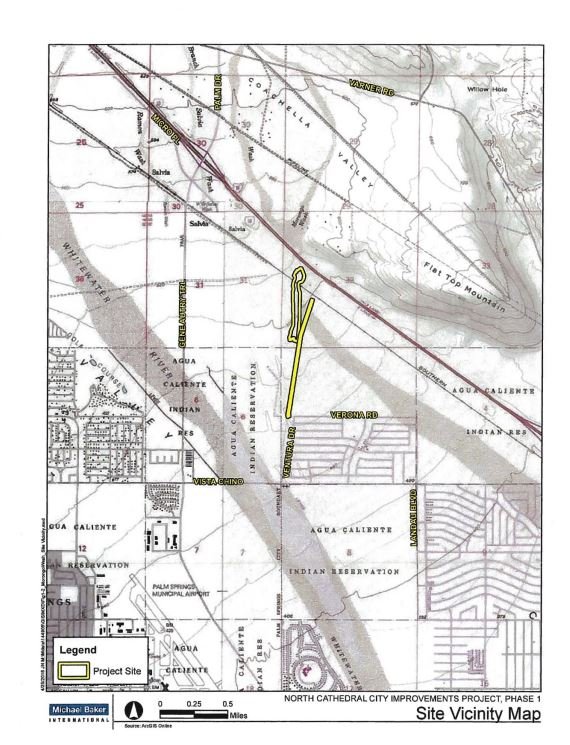
Right now, Riverside County and the Coachella Valley Water District are concentrating on the clean-up and repair of existing infrastructure, to be ready for the next storm.





